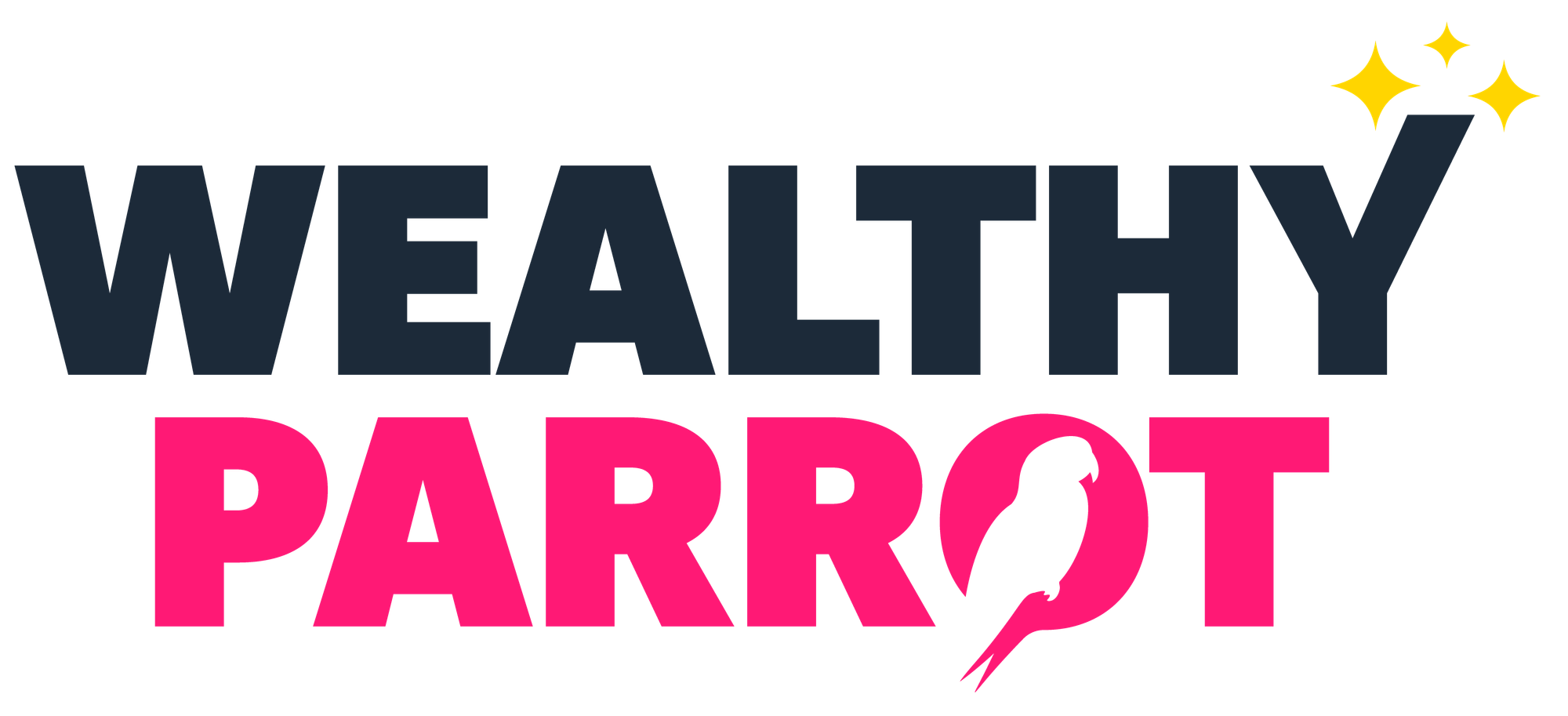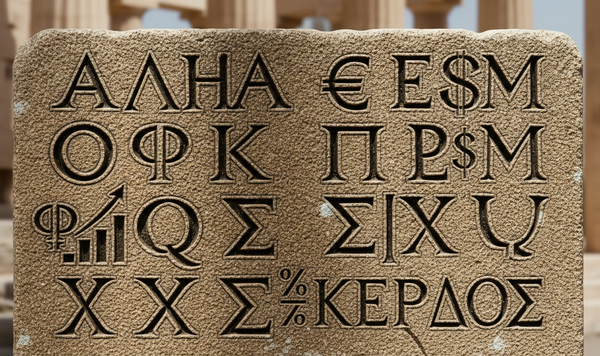Discover your spending triggers: free self-assessment worksheet to stop impulse buying

Are you tired of feeling like your wallet has holes in it? Do you find yourself wondering where your money went at the end of each month? The truth is, most overspending isn't about math - it's about psychology.
Understanding the psychology behind your spending habits
That "leaky wallet" feeling often stems from unconscious spending triggers that prompt us to make purchases we later regret. Whether it's stress shopping, impulse buying during sales, or spending to keep up with friends, these psychological drivers can sabotage even the best-intentioned budgets.
What are spending triggers?
Spending triggers are specific situations, emotions, or thoughts that lead to unplanned purchases. Common spending triggers include:
- Emotional states like stress, sadness, or excitement
- Social situations such as peer pressure or FOMO
- Environmental cues like sales notifications or store layouts
- Cognitive biases including the "I deserve it" mindset
- Habitual patterns like browsing online stores when bored
Why traditional budgeting falls short
Most budgeting advice focuses on the numbers - track your expenses, cut unnecessary costs, stick to your budget. But this approach ignores the emotional and psychological factors that drive spending decisions. Without addressing the root causes of overspending, even the most detailed budget becomes just another failed attempt at financial control.
Introducing the spending triggers self-assessment worksheet
This comprehensive worksheet goes beyond surface-level budgeting to help you uncover the deeper patterns behind your spending habits. This isn't about shame or blame - it's about awareness and empowerment.
What you'll discover:
The worksheet guides you through five key areas: your spending patterns, emotional triggers, social influences, cognitive biases, and action planning. By the end, you'll have a clear understanding of what drives your spending decisions and a concrete plan for creating healthier money habits.
How to use this spending assessment tool
- Step 1: find a quiet space. Set aside 20-30 minutes when you can reflect honestly without distractions.
- Step 2: be brutally honest. The worksheet only works if you're truthful about your habits and feelings. Remember, there's no judgment here.
- Step 3: look for patterns. As you complete each section, notice recurring themes in your responses.
- Step 4: create your action plan. Use the final section to transform insights into concrete strategies for change.
Moving from awareness to action
Identifying your spending triggers is just the first step. The real transformation happens when you develop healthier coping mechanisms and create "friction" between your triggers and your purchases.
Some effective strategies include:
- The 24-hour rule for non-essential purchases
- Alternative activities for emotional coping (like calling a friend instead of shopping when stressed)
- Environmental changes such as removing shopping apps from your phone
- Values-based decision making by asking "Does this purchase align with my goals?"
Start your financial psychology journey today
Understanding your spending triggers isn't about restriction - it's about making conscious choices that align with your values and long-term goals. When you know what drives your spending decisions, you gain the power to change them.
Ready to discover what's really behind your spending habits? Download the Wealthy Parrot free Spending Triggers Self-Assessment Worksheet and take the first step toward a healthier relationship with money.
To get the file click below
Frequently Asked Questions
Q: How long does the worksheet take to complete? A: Most people complete the assessment in 20-30 minutes, but take as much time as you need for thoughtful reflection.
Q: What if I discover uncomfortable truths about my spending? A: That's completely normal and actually a sign the worksheet is working. Awareness is the first step toward positive change.
Q: Should I share my results with anyone? A: While the worksheet is designed for personal reflection, discussing your insights with a trusted friend or financial coach can provide additional support and accountability.
Q: How often should I revisit this assessment? A: I recommend reviewing your triggers every 3-6 months, as your circumstances and spending patterns may evolve over time.





